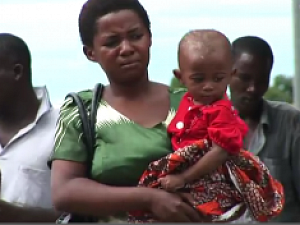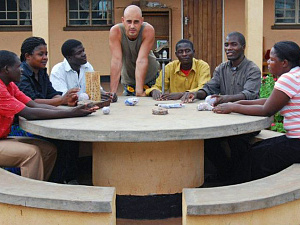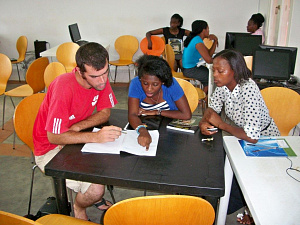Child Aid is what it says: Aid to the child to grow, learn and live in safe and healthy conditions. All parents wish to create such conditions for their children, but many cannot manage on their own.
Broadly based, Child Aid builds the capacity in the families and their communities in an all-inclusive programme, recognising that in order to nurture children successfully, the entire community must be strengthened. Families are brought together to address health and sanitation, income generation, education, district development, environmental awareness, and participation of children.
Child Aid has extensive outreach programmes with the whole community with information and lessons on health, nutrition, hygiene, environment and other issues, and with practical actions to improve conditions where needed. Here the primary schools in the operation areas are important co-operation partners - children, teachers and parents alike.
The concept of Child Aid leaves space for locally determined additions to the main areas, and the concept operates with using various structures in the organisation of the children and their families, for example by forming Village Action Groups of 15-20 families with a co-ordinator, who is a volunteer from the local community. The Village Action Group works together in the day-to-day implementation of their own activities, and mobilises more volunteers to participate.
Most of the Child Aid programmes operate among the rural population, but the concept has also shown to be efficient in the slums of big cities, for example in the townships of Soweto, South Africa
Back to the Projects and what you can do













